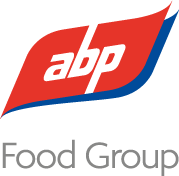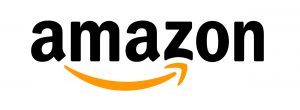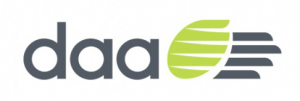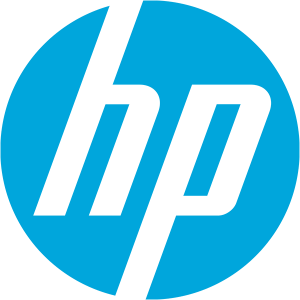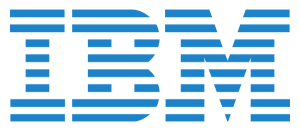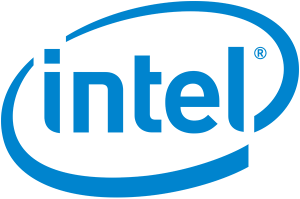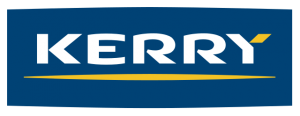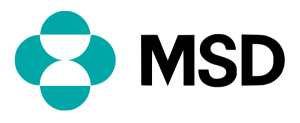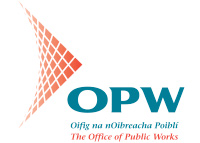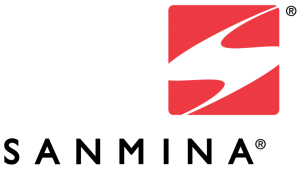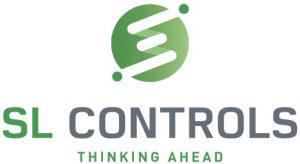Overview
Learners working in an automated environment will benefit greatly from an in-depth knowledge of the operating principle, setup and troubleshooting of sensor control loops. This one day Digital Sensors training course enables learners to install, set up and fault find a comprehensive range of digital sensors wired to a PLC through digital input interfaces. Sensors by their nature are susceptible to small environmental changes. An understanding of sensors enables effective troubleshooting.
Participants will learn that the first step of troubleshooting is to never blame the sensor but rather investigate the environment around the sensor as this is a much more likely fault cause. All fault messages are triggered by sensors or combinations of sensors giving signals that are recognised by a controller as outside performance setpoints. With fault messages a technician can always ask “what sensor/actuator condition would trigger this fault”. With the advances in Industry 4 technology, sensors perform an enhanced monitoring role in predictive maintenance strategies.
Along with an extensive range of inductive, capacitive and photo-electric sensors that learners setup and calibrate from scratch, we utilise Factory I/O production scenes with embedded faults to enable learners to build experience of the type of faults that can occur when sensors mis-report.
Who should attend
Maintenance and Process technicians
Course Objectives
AT THE END OF THE COURSE learners WILL BE ABLE TO:
- Wire NPN, PNP and 2-wire sensors to PLC input cards
- Explain the sensing principle of the following list of sensors: Inductive, capacitive, thru beam fibre optic, diffuse, retro-reflective.
- Follow a logical procedure for adjusting the sensitivity for robust stable sensing for the listed sensors.
- Interpret the meaning of the two indicating Led’s when fault-finding.
- Setup optical sensors for LO or DO operation.
- Setup Digital pressure/vacuum switches for window and hysteresis switching.
Course Modules
Module 1 – Fundamentals
The following sensors are used in all modules: inductive, capacitive, thru-beam, diffuse, retro-reflective, laser time of flight, colour, ultrasonic and pressure switches.
- Operating principle and setup requirement for robust sensing performance
- Terminology: Light ON, Dark ON, Setpoint and multi-setpoint, Resolution, Error and Hysteresis.
- Wire NPN and PNP configurations to PLC input cards
- Sensors in closed loop systems including sensing position, speed and temperature
- Sensor and Actuator families
- Application examples of sensors
- Industry 4 IO link sensor application examples
Module 2 – Hands-on wiring and setup
- Wire, set up, and adjust sensitively for all sensor types.
- Use hand-held PLC programmer to program simple sensor loops.
- Interpret the LED indictors on sensors to assist setup and fault finding.
- Use IO link to monitor the performance of sensors and change setpoints
Module 3 – Sensors in production applications
- Each learner is given a Factory IO licence. They are then presented with an automated production line animated scene using an extensive range of sensors providing feedback product movement and the completion of actuator movements. After learners are familiar with the correct operation of the production equipment, they load up versions of the scene which contain instructor-injected faults. This provides the essential thinking skills that can be applied in the workplace.
Course
- Module 1 and 2 are delivered in the classroom but Module 3 can be delivered either face-to face or in an online webinar. Learners are encouraged to use Factory IO outside scheduled sessions to deepen their learning experience.

